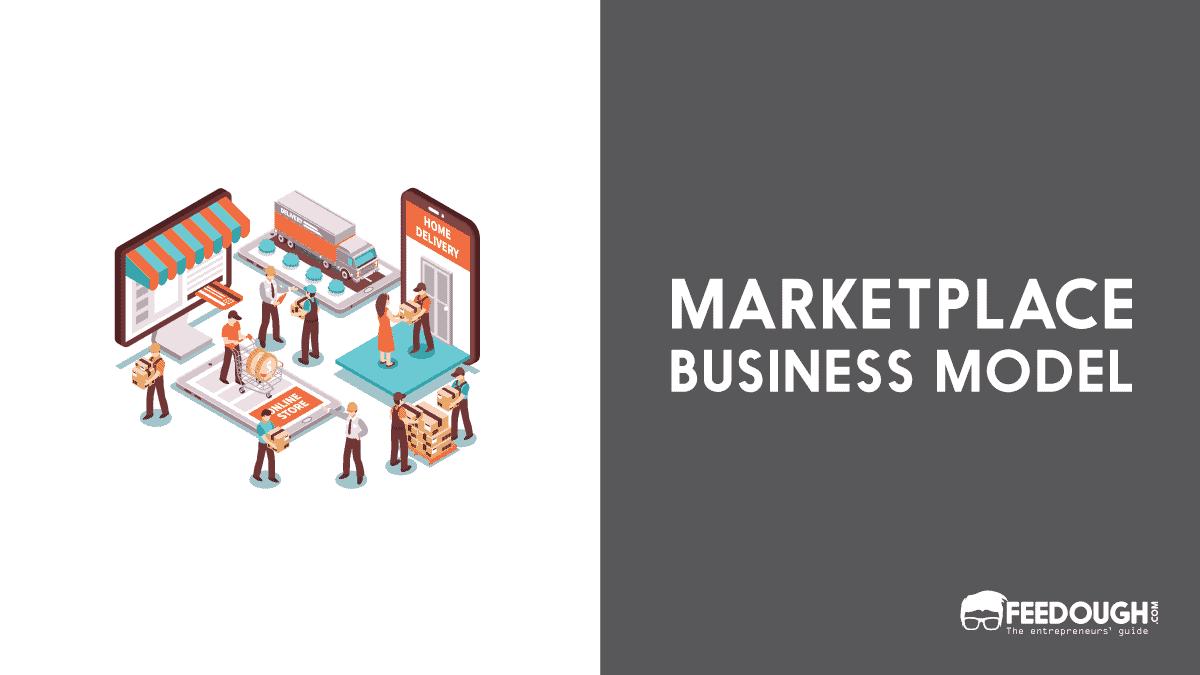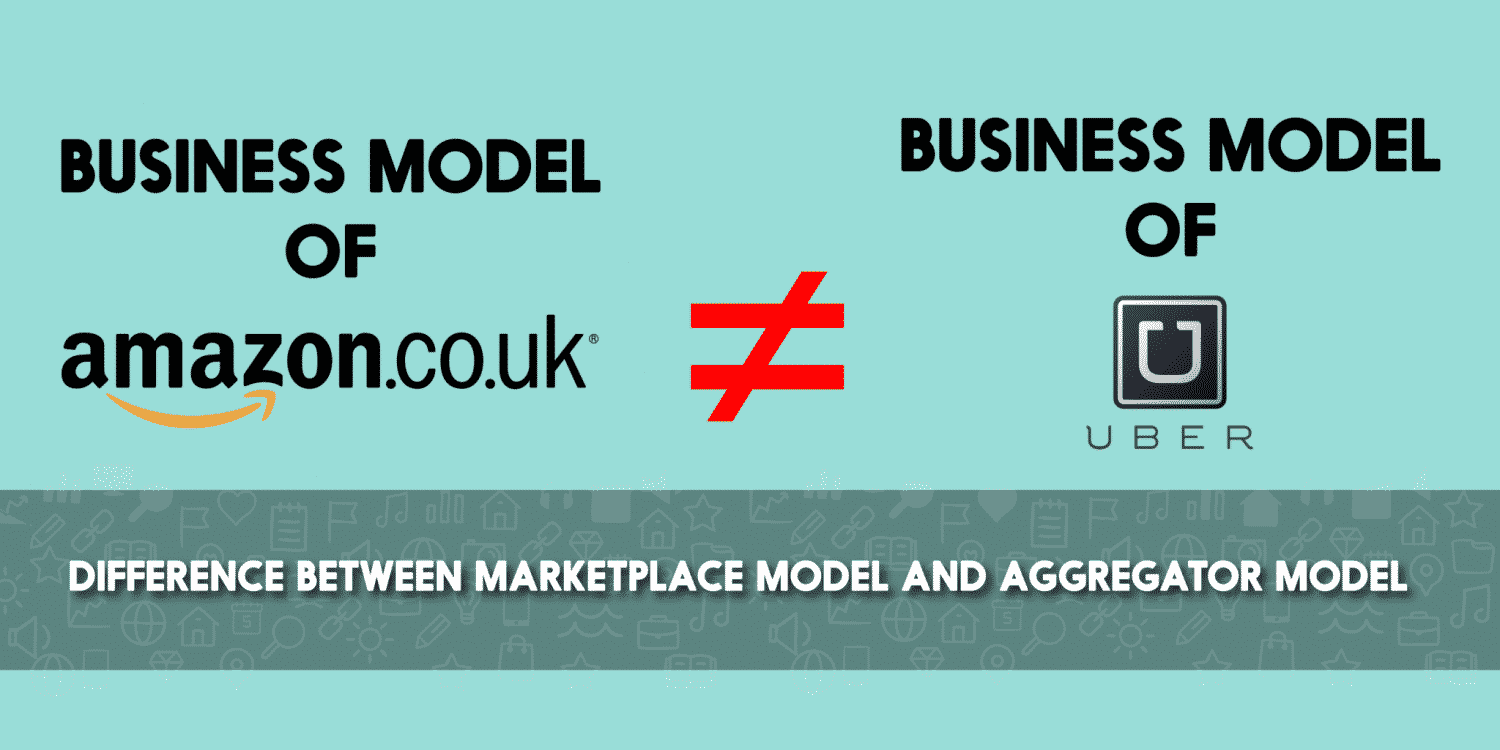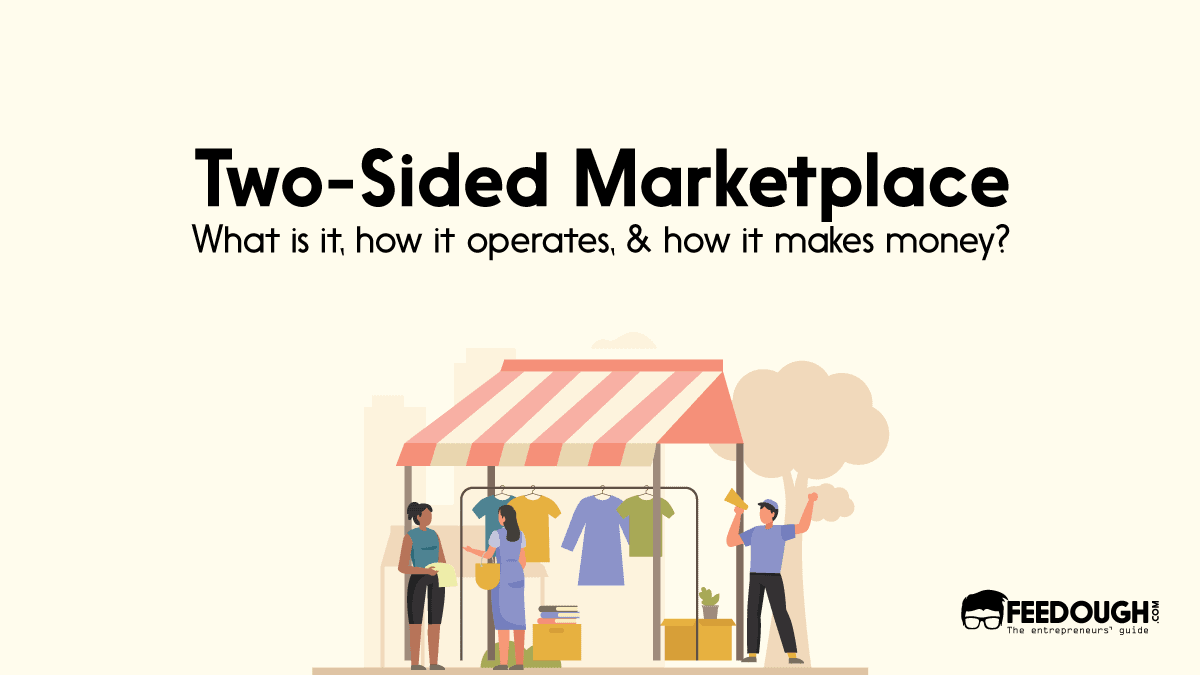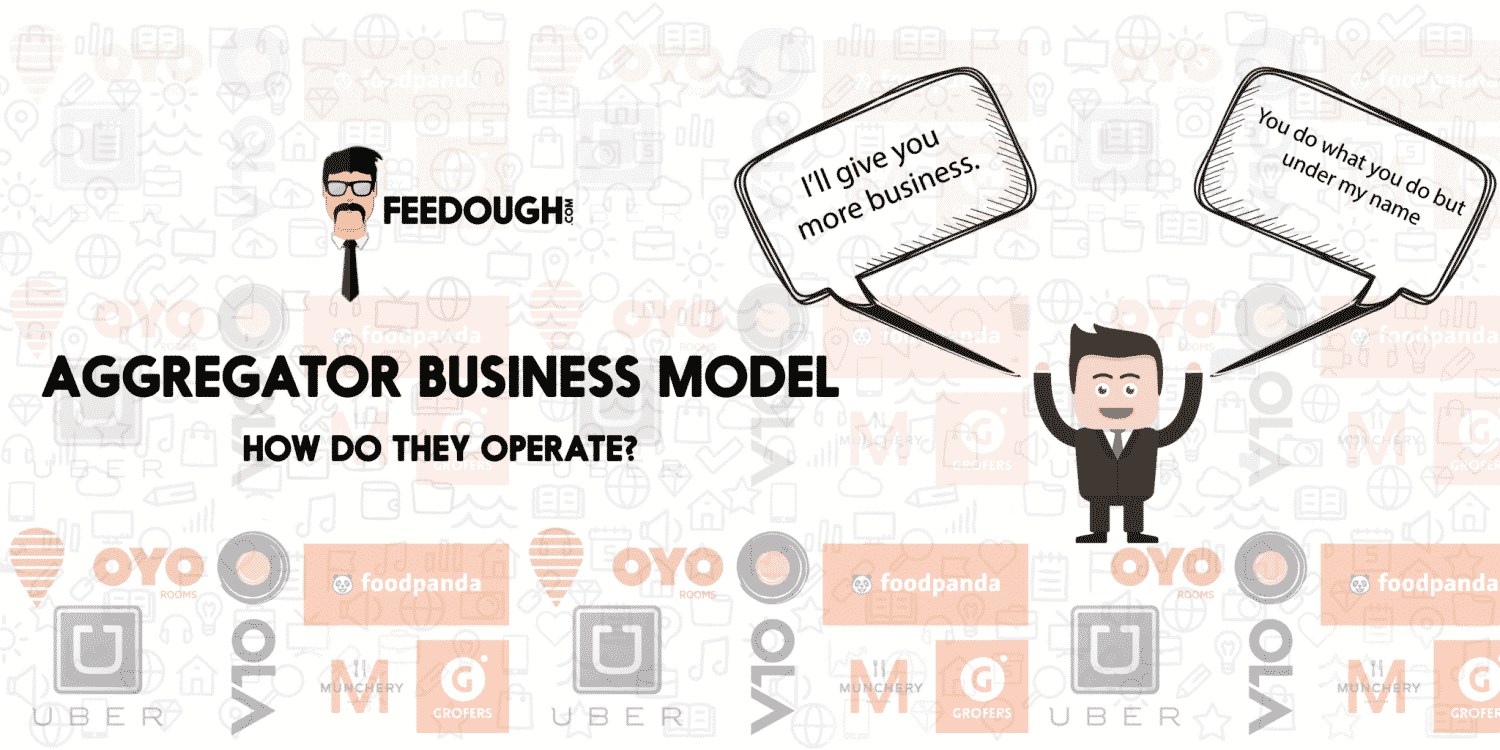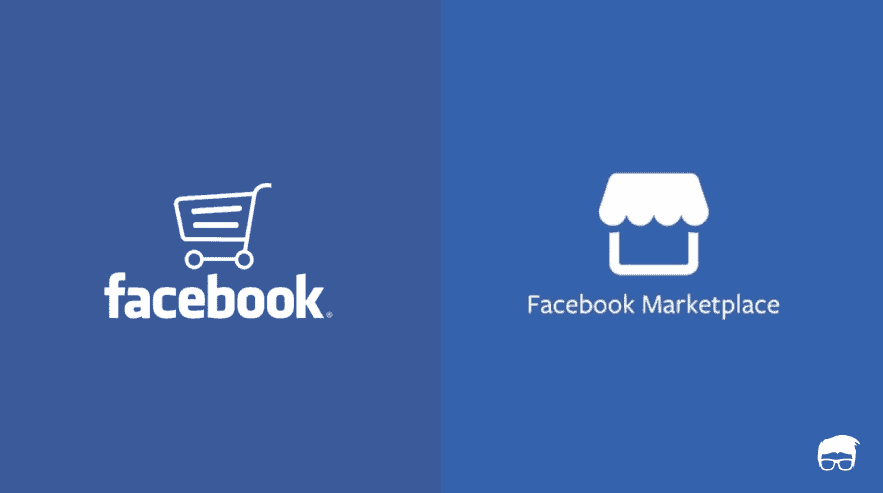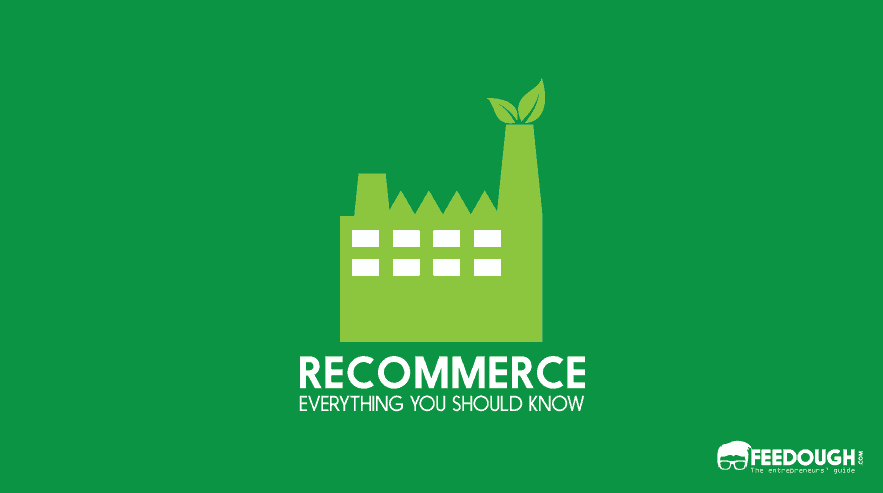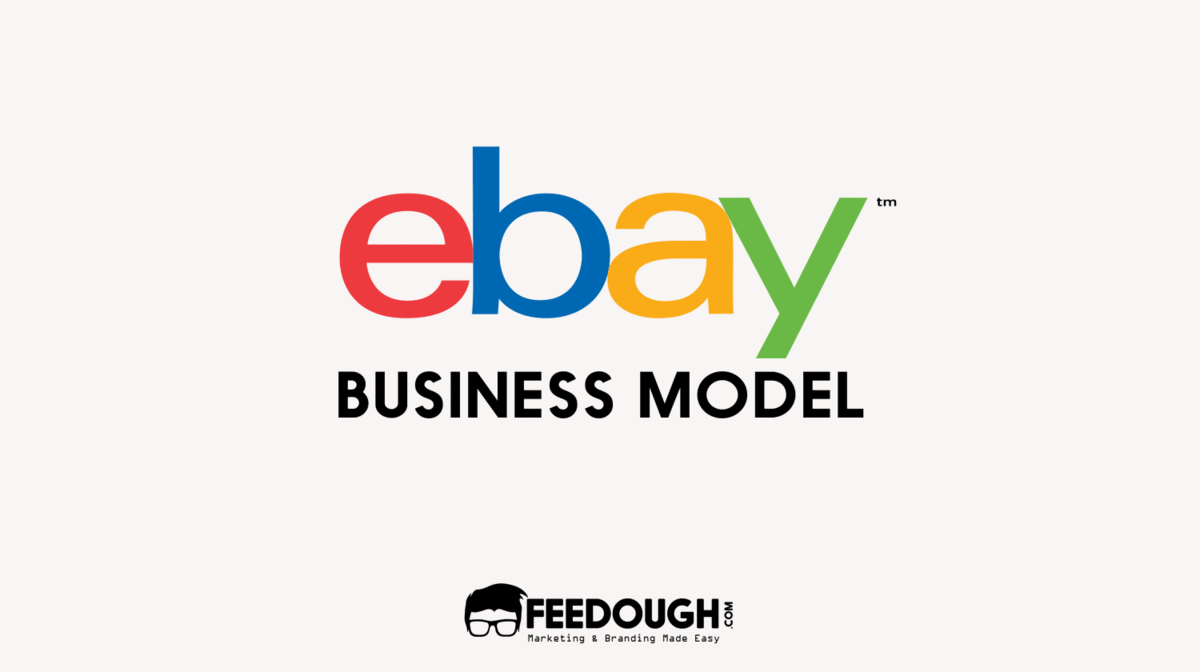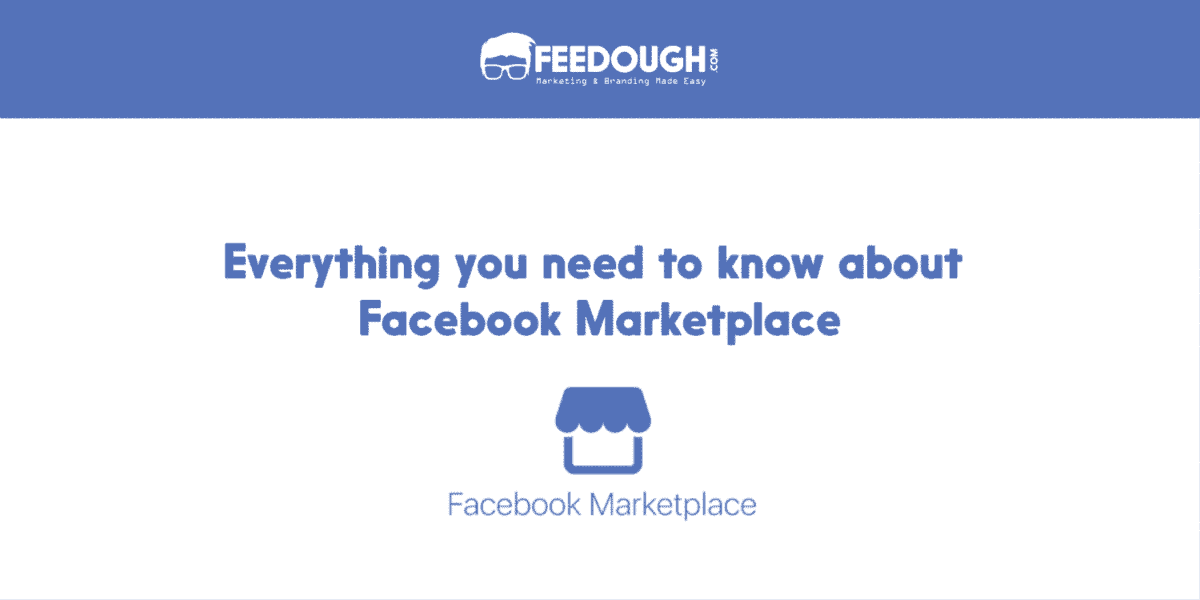A marketplace is where buyers meet sellers. Traditionally, these were physical places where different sellers used to take their offerings to showcase and sell to the buyers. But the internet has changed the way everything works. Today, many ecommerce giants like Amazon and eBay operate on the marketplace business model.
According to Lengow, 60% of sales happen through marketplaces. But what exactly is a marketplace business model? How does it operate? Is it similar to the aggregator business model?
Here is a guide answering all your questions about the marketplace business model.
What Is An Online Marketplace?
A marketplace is a platform where buyers and sellers interact and trade through a network.
The online marketplace doesn’t own any products or services. It simply acts as a mediator and connects buyers and sellers.
In other words, a marketplace is a platform that provides value to both buyers and sellers. Sellers get a place to sell their products and grow their brand while buyers are provided with multiple choices and high-quality products all in one place.
Examples Of Marketplace Business Model
Many ecommerce sites and tech giants make use of the marketplace business model. Here are a few examples:
- Amazon: Amazon is one of the most popular and dominant marketplaces. It doesn’t own any products. It provides a platform for various vendors to sell their products under their own brand. In return for its services, Amazon charges a commission from the third-party vendors. Amazon also makes money by charging the sellers to advertise their products on its homepage or the top of the search results.
- Fiverr: Fiverr is an online freelancing marketplace where freelancers list their profiles and offer their services for as low as $5. Fiverr is not an employer of freelancers. It simply provides a platform for them to list their profiles, and it charges a commission from them in return for its services.
- eBay: eBay is a leading auction marketplace for consumer-to-consumer and business-to-consumer vending. One can trade on eBay through an auction or a traditional fixed-price sale. eBay provides a platform to sellers to list their products under their own brands. eBay charges a listing fee as well as a commission on every sale made by the seller.
- AppSumo: AppSumo is a popular online marketplace that provides digital business tools. It provides a platform for the companies who own these products and services to list and advertise their products. The companies are called partners of the marketplace and have to pay a commission to AppSumo on every sale.
How Marketplace Business Model Works?
Marketplaces have certain unique features that distinguish them from traditional online stores. Here’s how marketplaces work:
Who Are Marketplace’s Customers?
The buyers are the customers of a marketplace. The marketplace provides a platform to the buyers where they can choose from multiple options.
Who Are Marketplace’s Key Partners?
The sellers are the key partners of the marketplace as they are the ones who supply products and services to the customers.
But the marketplace has to treat its sellers as another set of consumers. This is because, like the customers, the sellers have a choice to sell at some other platform. Hence the marketplace has to provide equal value to its customers as well as its sellers.
Besides the sellers, the marketplace partners with payment processors, digital computing programs, and sometimes even delivery companies to ensure its smooth functioning.
What Value Does A Marketplace Provide?
A marketplace provides immense value to both of its stakeholders: the sellers and the customers.
Vendors benefit because they get to promote and sell their products and services to a huge network of buyers. It gives them tremendous growth opportunities.
The buyers benefit because they get to interact with the sellers and choose from a large pool of products without much effort.
How Does A Marketplace Operate?
The operating model of a marketplace depends on two basic strategies.
First, the marketplace brand attracts the buyers and the sellers to use its platform and develop a network effect. That is, each party attracts the other party to the platform.
Second, the marketplace provides a platform for the buyers and the sellers to interact and trade. This means that the buyers and the sellers complete their transaction on the marketplace itself. For example, if a buyer uses Amazon to buy a product, they complete the transaction on Amazon itself.
Also, marketplace business model has certain characteristics that distinguish it from other business models:
- A marketplace doesn’t own any products or services. It simply provides a platform to both the buyers and the sellers where they can interact and provide value to each other.
- There is no standard price in a marketplace. Since every seller is a marketplace partner, he is free to quote different prices for similar products.
- Every seller in the marketplace sells his products and services under their own brand and not the marketplace brand. Sellers use the platform just as a medium to reach the customers.
- The marketplace business model capitalises on the network effect. Network effect or network externality is a phenomenon where the value of a marketplace increases as its users increase.
How Does A Marketplace Make Money?
While there are many ways through which marketplaces can make money, they usually operate on the following four strategies:
- Commission: the most common way through which marketplaces earn money is by charging commission from the sellers who list their products on the marketplace platform. Some of the marketplaces that operate on this revenue model are Amazon, Appsumo, and Alibaba.
- Freemium: in this revenue model, the basic services of the platform are provided for free to every customer. But, to access the platform’s premium features or to have more exposure on the network, the user has to pay a fee to the platform. Such premium features would include featuring the seller at the top of the list, providing personalised recommendation to the buyers, etc.
- Listing Fee: some marketplaces make money by charging the producers for every product or service they list on the platform. For example, eBay charges a listing fee from the sellers every time they list a product on the platform. Another company that operates on this revenue model is Craigslist. Craigslist is a collection of sites where sellers post listings about various categories of products. While it is usually free to post a new listing, the platform charges a fee for posting under certain specified categories.
- Subscription: although this revenue model is not very common among marketplaces, some platforms such as Match.com charge a subscription fee from the customers to access the marketplace.
Marketplace business model vs Aggregator business model
An aggregator business model is a network model that aggregates unorganised and populated sectors and organises them under its own brand. The sellers are business partners, and they sell under the brand name of the aggregator.
While there is some commonality between the aggregator business model and marketplace business model, they have some significant differences as well:
Marketplace Business Model | Aggregator Business Model | |
|---|---|---|
Brand Name and Brand Image | The sellers sell their offerings under their own brand name. Thus, along with the marketplace, the sellers also need to maintain their brand image. | In an aggregator business model, all the partners work under the brand name of the aggregator itself. |
Standardised Price | In a marketplace, prices may vary for similar products. Sellers are free to choose the price for their products. | There is a standard price for every product which the aggregator decides. The partners provide their goods and services at the same price. |
Product Quality | Similar products on a marketplace may have different qualities as different sellers provide them | An aggregator maintains standard quality for all the products and services offered. |
Industry Variation | A marketplace may offer goods and services from various industries. For example, Amazon offers clothing, jewellery, electronics, etc., in one place. | An aggregator offers goods and services from a single industry, for example, Uber for taxis. |
Go On, Tell Us What You Think!
Did we miss something? Come on! Tell us what you think of this article on marketplace business model in the comments section.
An enthusiastic human being with determination and zeal to explore new ventures. Tanya is an entrepreneurial spirit searching for changes and learning to exploit them as opportunities and impacting people for good.
